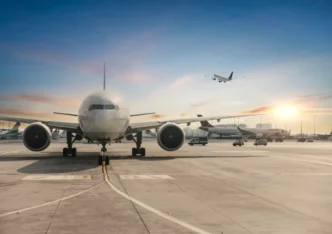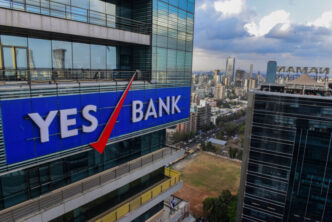Airlines across Asia are intensifying restrictions on lithium-ion power banks following a rise in onboard fire incidents linked to overheating batteries. The move comes as aviation authorities respond to safety risks posed by these portable charging devices.
A recent investigation by South Korea’s transport ministry identified a power bank as the likely cause of a fire aboard an Air Busan aircraft in January. The incident, which occurred while the plane was on the tarmac, has heightened concerns over the potential hazards of lithium-ion batteries. Investigators discovered multiple electrical burn marks on the remains of a power bank, further implicating the device in the fire.
Lithium-ion batteries are widely used in power banks due to their high energy density and convenience for travelers who rely on mobile devices for entertainment and work during flights. However, manufacturing defects, aging, or improper handling can increase the risk of these batteries overheating and catching fire. According to the US Federal Aviation Administration (FAA), over 500 in-flight incidents involving lithium-ion batteries have been recorded in the past two decades.
Airlines Implement New Safety Measures
In response to these risks, several airlines have revised their policies:
- South Korea: All airlines now prohibit passengers from storing power banks in overhead compartments. Instead, they must be kept in seat pockets or under the seat. Charging power banks via seat USB ports is also banned.
- Thai Airways: As of March 15, passengers can no longer use or charge power banks during flights.
- Singapore Airlines: Starting in April, power banks cannot be used to charge personal devices in-flight.
- Air Asia: Requires power banks to be stored under seats or in seat pockets while banning in-flight charging.
- Hong Kong: New regulations taking effect on April 7 will prohibit passengers from using power banks and storing lithium batteries in overhead compartments after a fire incident on a Hong Kong Airlines flight.
Can Passengers Still Bring Power Banks?
While power banks are not entirely banned, airlines are implementing strict guidelines to ensure safe transport:
- Most airlines permit power banks under 100 watt-hours (Wh) in carry-on luggage. Devices between 100Wh and 160Wh generally require airline approval.
- Packaging requirements: Passengers may need to tape the terminals, place power banks in plastic bags, or use protective pouches to prevent short circuits.
Understanding the Risks of Lithium-Ion Batteries
Lithium-ion batteries, commonly used in phones, laptops, and electric vehicles, can pose a fire hazard due to thermal runaway—a chain reaction that can cause overheating and combustion. Experts warn that damaged, overcharged, or aging batteries are especially vulnerable.
To mitigate risks, passengers are advised to inspect their power banks before traveling, dispose of any swollen or damaged units according to local regulations, and store them separately to avoid unintended contact with metal objects.
As airlines continue to tighten safety protocols, travelers should stay informed of evolving policies to ensure a smooth and compliant journey.
















